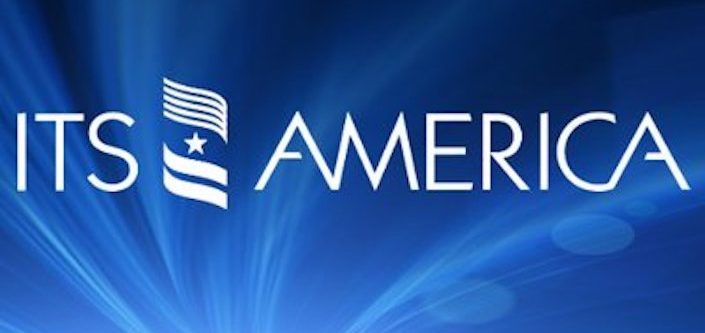The Federal Communications Commission (FCC) has a ‘flawed’ understanding of the 5.9 GHz safety spectrum and will jeopardise all benefits gained from V2X deployments nationally as well as cost the US transportation industry half a billion dollars, ITS America (ITSA) is warning.
In a strongly worded statement the national ITS body adds to the recent concerns raised by a coalition of 30 partners across the public and private sector in the state of Georgia, by suggesting that the notice of proposed rulemaking (NPRM) to reallocate the lower 45 MHz band would allow for continued successful V2X deployment is based on ‘no analysis or evidence’.
Signed by ITSA president and CEO, Shailen Bhatt, as well as vice president for public policy and regulatory affairs, Timothy Drake, the comments published on 9 March, said “The FCC’s proposal to reallocate the lower 45 MHz band segment is predicated upon an incomplete and flawed understanding of the development of the national Intelligent Transportation Systems program and the key role of the 5.9 GHz Band in developing a safer transportation network. The Commission’s suggestions that the allocation of the 5.9 GHz Band has failed are wholly misplaced.
“The FCC has advanced this proposal despite providing no analysis or evidence to show that the proposed allocation would allow for the successful operation of V2X technologies in the remaining 30 MHz and without completing research to determine whether the lower 45 MHz of spectrum could be shared between V2X technologies and unlicensed devices. The Commission cannot render a reasoned decision on its proposal in the absence of such record support.”
The FCC’s NPRM on the use of the 5.850-5.925 GHz band would reallocate the lower 45 MHz part of the band for the operation of unlicensed devices. The Commission proposes to retain the upper 30 MHz part of the band for ITS operations, including allowing C- V2X devices to operate at 5.905-5.925 GHz and either C-V2X or DSRC technologies to operate in the remaining spectrum at 5.895-5.905 GHz.
However, ITSA state that new transportation safety technologies such as C-V2X have been developed directly as a result of the allocation of the bandwidth and that to tamper with the spectrum reserved for safety must first pass a ‘high bar’.
Citing USDOT figures that estimate the NPRM will cost the transportation industry over $500 million just for all operational sites to “rip and replace” V2X deployments, ITSA fear that many of the benefits that V2X deployments are now realizing across the country will also will be lost.
The statement goes on to say, “As the NPRM’s proposal would modify incumbent DSRC licenses, including public safety licensees, by removing access to 86 percent of the bandwidth, ITS America, respectfully, believes that such a draconian outcome exceeds the Commission’s authority to modify licenses under Section 316 of the Communications Act.
“Recent USDOT preliminary research indicates that the radio frequency environment for the remaining 10 MHz potentially would be compromised by interference from unlicensed devices supports this conclusion. Adoption of the band plan proposed in the NPRM would effectuate a de facto revocation of licenses in violation of Section 312 of the Communications Act.
“For these reasons, ITS America urges the Commission to withdraw its proposal to reallocate 45 MHz of the 5.9 GHz Band and to work with USDOT to complete the testing of band sharing that has been “promising” thus far.”
Traffic Technology International columnist and Texas A&M Transportation Institute director, Greg Winfree addressed the 5.9 GHz spectrum in his January 2020 column for the magazine HERE
Follow us on twitter @TrafficTechMag





